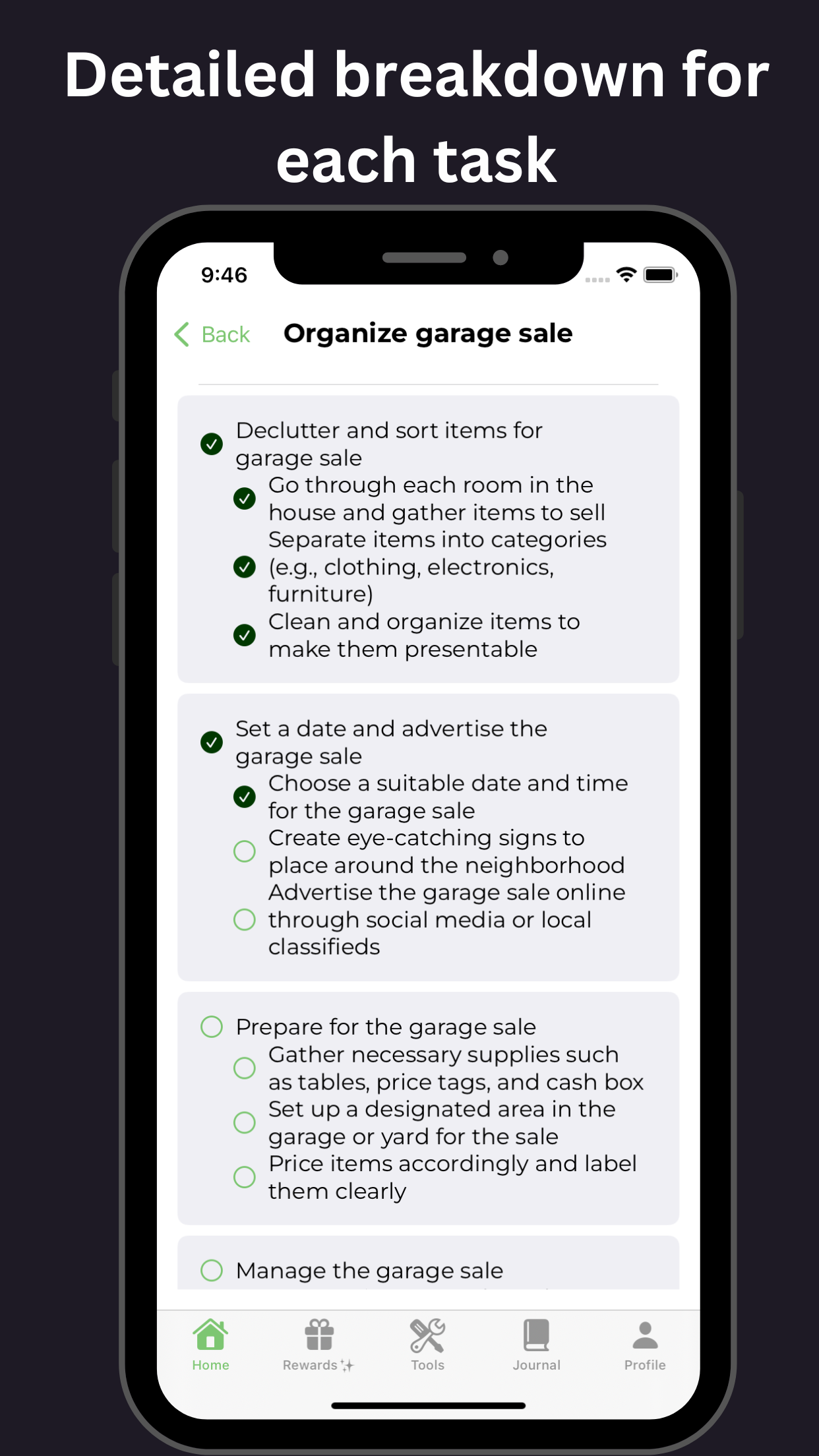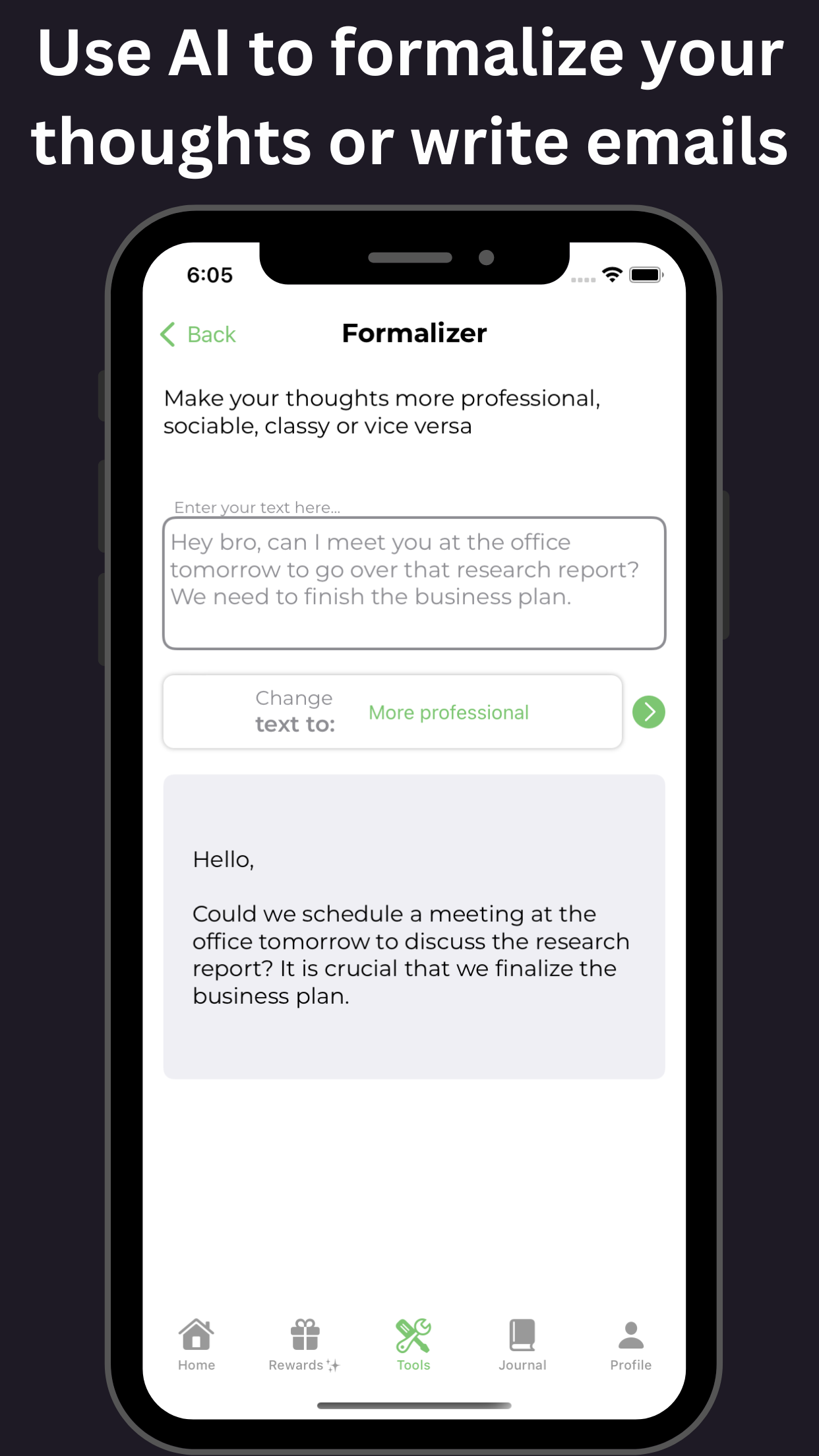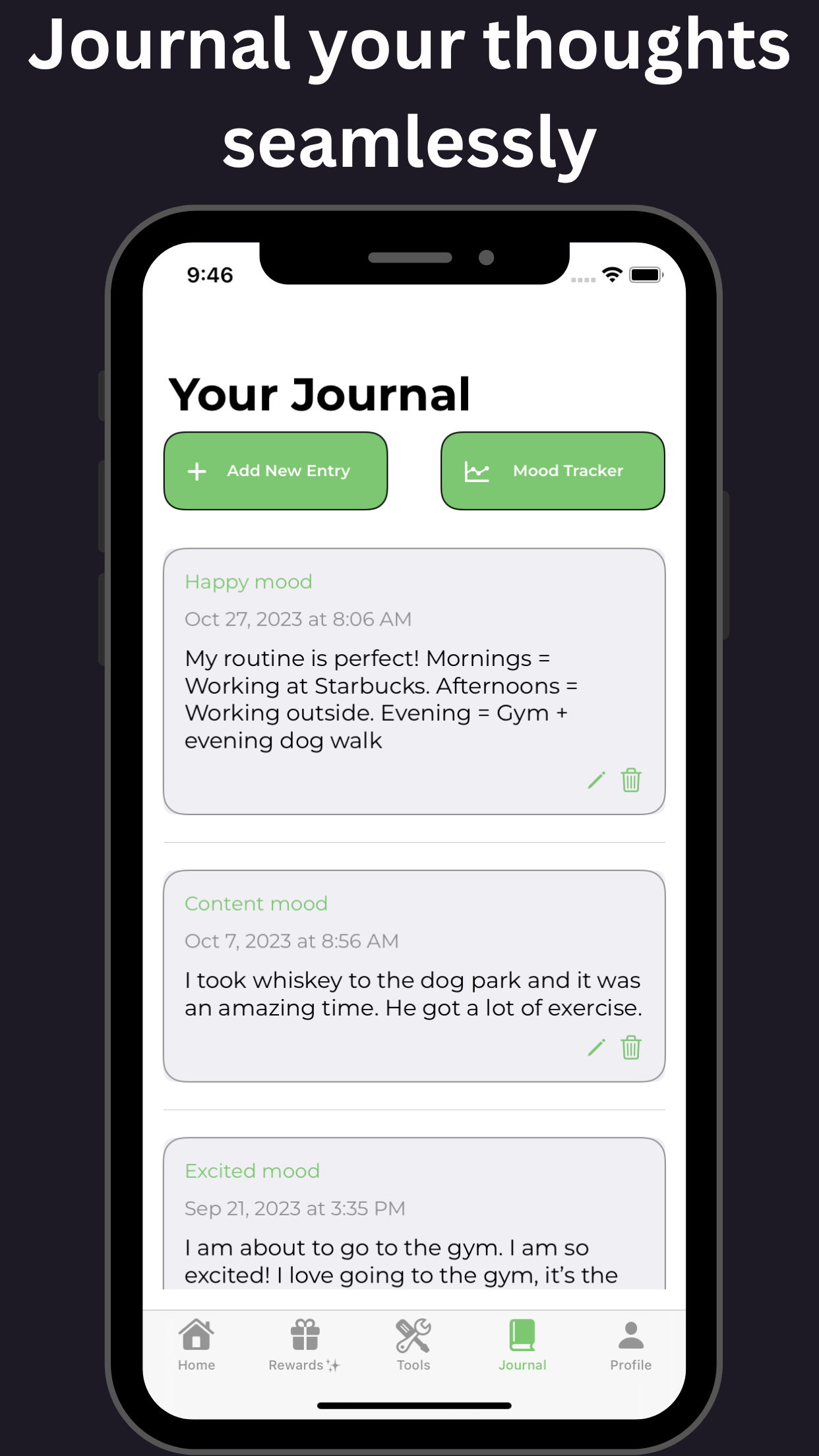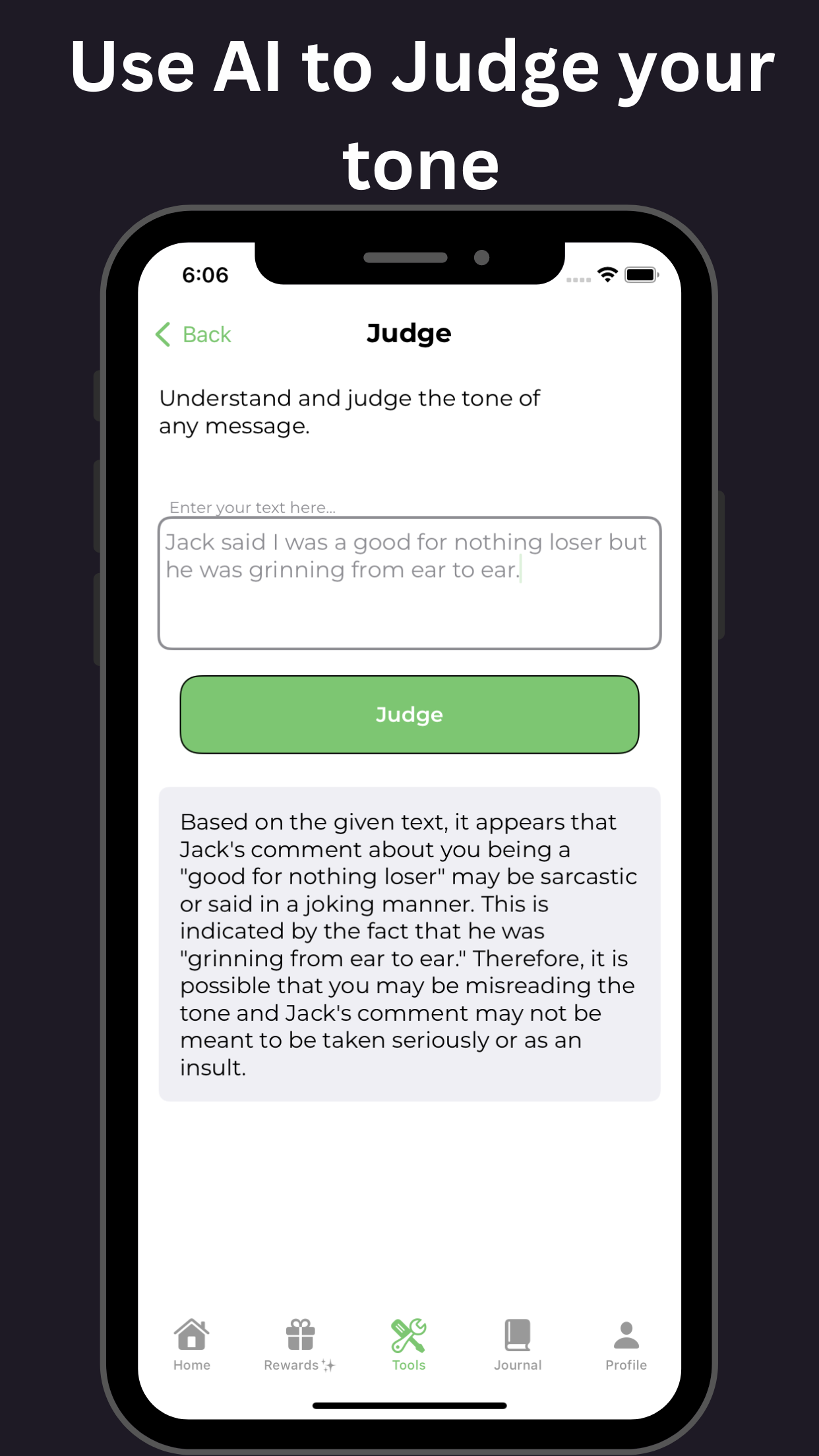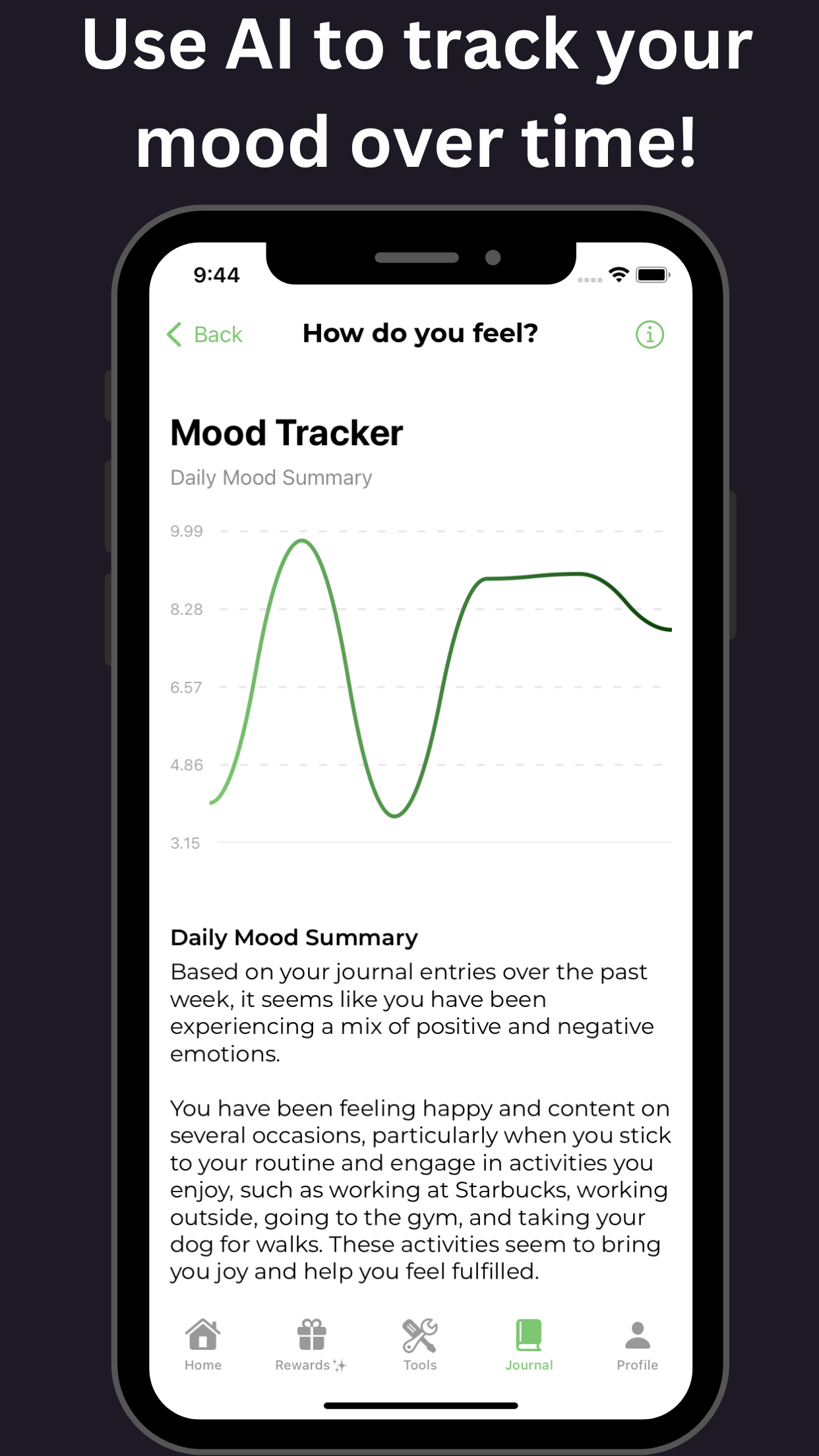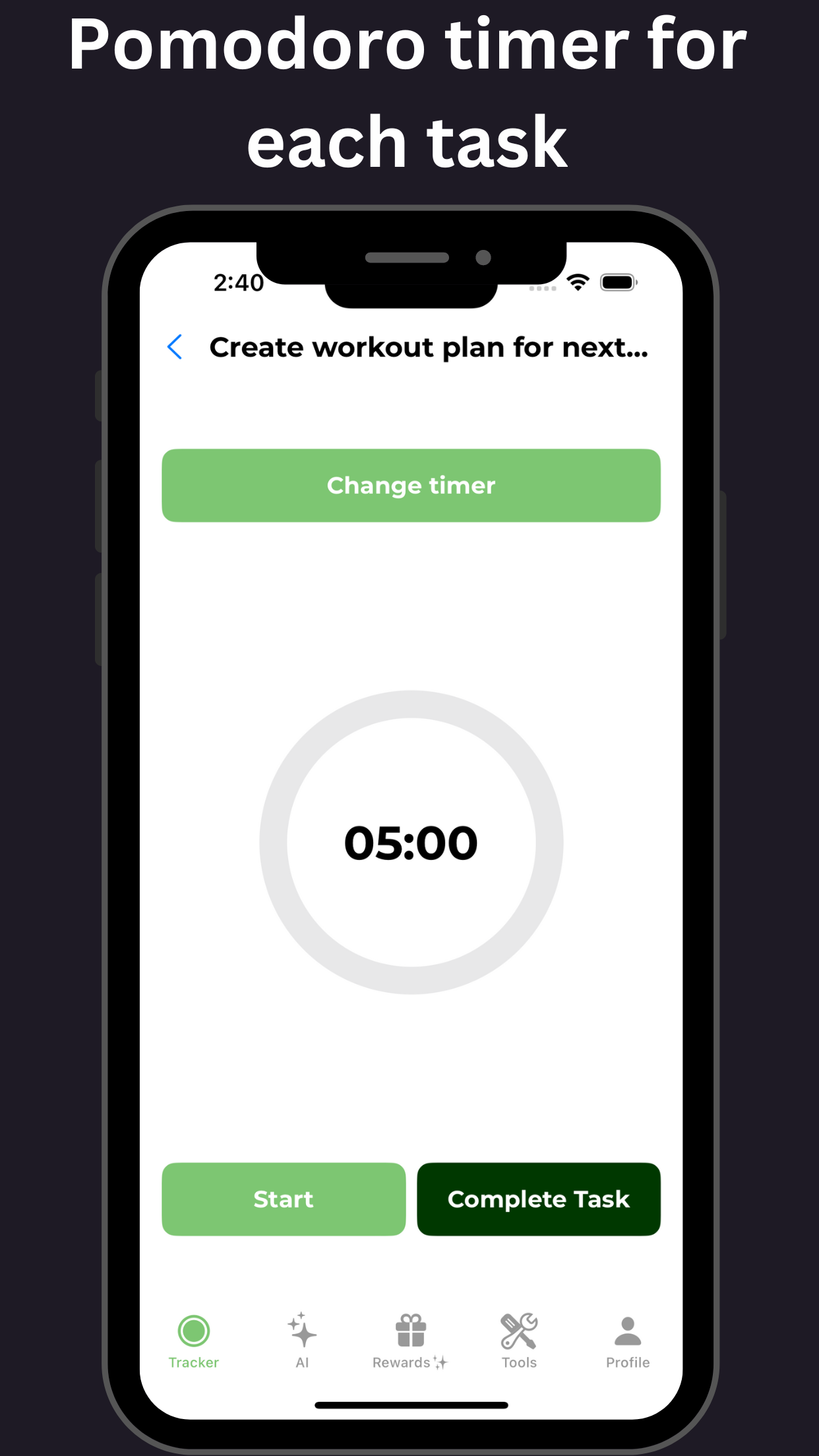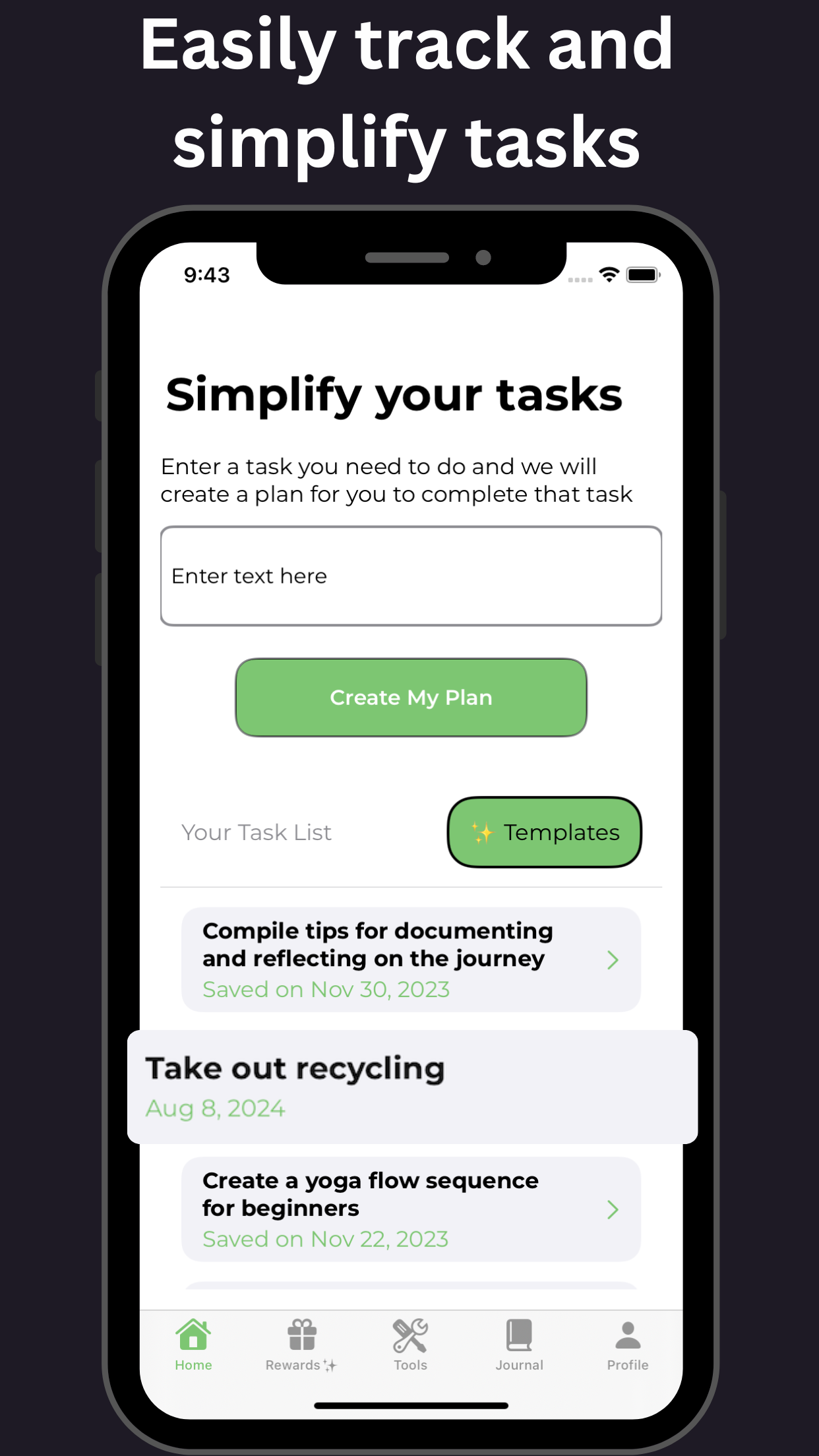What Does ADHD Feel Like? Experiencing Life with a Racing Mind
Key Takeaways
| Aspect of ADHD | Key Takeaways |
|---|---|
| Attention | Difficulty sustaining focus, easily distracted, mind wanders, trouble following conversations or instructions, frequently loses train of thought. |
| Impulsivity | Impulsive decisions, blurts out answers, difficulty waiting for one's turn, interrupts others, intrusive thoughts or behaviors. |
| Hyperactivity | Fidgeting, restlessness, feeling constantly "on the go", trouble engaging in quiet leisure activities, excessive talking. |
| Emotional Regulation | Difficulty managing emotions, mood swings, irritability, explosive anger, emotional reactivity. |
| Working Memory | Trouble remembering instructions, difficulty with mental math, forgetfulness, disorganization. |
| Sensory Experiences | Over- or under-sensitivity to light, sound, touch, taste, or smell, sensory seeking or avoidance behaviors. |
| Executive Function | Difficulty with planning, organization, time management, self-regulation, and self-monitoring. |
| Self-Perception | Feeling like you're "faking it", self-doubt, imposter syndrome, fear of being discovered as "not good enough". |
| Relationships | Trouble maintaining relationships, feeling like a "social chameleon", difficulty with emotional intimacy. |
| Masking and Camouflaging | Consciously or unconsciously hiding ADHD symptoms, using coping mechanisms to fit in, feeling exhausted from pretending to be "normal". |
Introduction to the ADHD Experience: Understanding the Complexities of Living with ADHD
Embracing the Chaotic Brilliance: What Does ADHD Feel Like?
Living with Attention Deficit Hyperactivity Disorder (ADHD) is a multifaceted experience that affects every aspect of daily life. For individuals with ADHD, the constant struggle to focus, regulate emotions, and manage impulses can be overwhelming. So, what does ADHD feel like? Imagine a perpetual whirlwind of thoughts, emotions, and physical sensations, making it challenging to stay grounded and focused.
This introduction to the ADHD experience delves into the complexities of life with ADHD, exploring the emotional highs and lows, the frustration of disorganization, and the exhaustion that comes with trying to keep up with the demands of everyday life. By sharing personal anecdotes and real-life examples, we’ll provide an inside look at what it’s like to live with ADHD, helping to demystify the disorder and promote understanding and empathy. Whether you’re an individual living with ADHD, a family member, or a professional looking to better support those with ADHD, this journey into the world of ADHD will offer a deeper understanding of what it’s like to navigate life with this neurodevelopmental disorder.

Sensory Overload: What It’s Like to Be Constantly Distracted
What Does ADHD Feel Like: Living with Sensory Overload and Constant Distractions
Imagine being bombarded by a cacophony of sounds, a kaleidoscope of colors, and a barrage of sensations that make it impossible to focus. For individuals with ADHD, this is a daily reality. Sensory overload is a common experience for people with ADHD, making everyday life feel like a never-ending struggle to stay on track.
One person describes it as “having a thousand tabs open on your browser, and each one is blaring music, notifications, and pop-ups, making it impossible to concentrate on just one thing.” Another individual likens it to “being in a crowded restaurant, trying to have a conversation with someone, but everyone else’s conversations are louder and more interesting, making it hard to tune in to the person in front of you.”
The constant distractions can be overwhelming, making it difficult to complete tasks, maintain relationships, and even perform daily routines. Simple tasks like grocery shopping or doing laundry can become daunting challenges, as the sensory input from the environment can be too much to handle.
One individual with ADHD shares, “I’ll be trying to focus on my work, but the sound of the air conditioner, the hum of the computer, and the chatter of my coworkers all blend together, making it impossible for me to concentrate. I feel like I’m drowning in a sea of stimuli.”
The emotional toll of sensory overload can be significant, leading to feelings of frustration, anxiety, and exhaustion. It’s like being stuck in a never-ending cycle of distractions, with no escape from the constant barrage of sensory input.
What does ADHD feel like? It feels like being constantly distracted, unable to focus, and overwhelmed by the world around you. It’s like trying to drink from a firehose, with no way to turn off the tap. But with the right strategies and support, individuals with ADHD can learn to manage their sensory overload and thrive in a world that often seems designed to distract them.
The Struggle to Focus: What It’s Like to Have a Racing Mind
What Does ADHD Feel Like? The Struggle to Focus
Having a racing mind is a common phenomenon for individuals with ADHD. Constant mental distractions and difficulty sustaining focus make everyday tasks feel like a marathon. The brain’s tendency to constantly shift between multiple stimuli can lead to feelings of overwhelm and frustration. Maintaining attention for extended periods can be challenging, resulting in:
- Struggling to stay engaged during conversations, leading to difficulties following conversations or interrupting others
- Challenges with reading comprehension and memory, causing frequent re-reading of text
- Difficulty completing tasks due to frequent mental tangents and easily getting sidetracked
- Emotional turmoil due to increased stress, anxiety, and disappointment in oneself
- Strained relationships with family and friends due to perceived forgetfulness or carelessness
This article aims to increase awareness and understanding about what it feels like to live with ADHD.
Impulsiveness: What It’s Like to Act on Impulse
Impulsiveness: A Window into the World of ADHD - Understanding What ADHD Feels Like
Living with ADHD can be a whirlwind experience, particularly when impulsiveness takes the reins. For adults with ADHD, acting on impulse is a frequent occurrence, influencing their daily lives in profound ways.
In this glimpse into the world of ADHD, we delve into the realm of impulsiveness, seeking to answer the question: what does ADHD feel like? It’s an experience characterized by an intense urge to act, often without considering the consequences. Imagine having an almost uncontrollable drive to say or do something at the exact moment it pops into your head.
The moments before an impulsive act are often described as being on autopilot, with a mind racing so fast it’s hard to keep up. There’s an overwhelming feeling of needing to take action right away, without taking a moment to think through the repercussions. The urgency can be almost unbearable, leading to words being spoken without filters or actions being taken without full consideration.
Common Examples of Impulsive Behavior in Adults with ADHD:
- Interrupting others in conversation without intending to be rude
- Spending money impulsively on things that weren’t needed
- Making quick decisions that may not be in one’s best interest
- Blurting out thoughts or opinions without filtering
For many adults with ADHD, this constant struggle with impulsiveness is what makes their condition feel like a double-edged sword. While the impulsive nature can lead to spontaneity and creativity, it can also lead to trouble, conflict, and regret.
Understanding the dynamics of impulsiveness in ADHD offers a crucial insight into what ADHD feels like on a daily basis. It’s about navigating through life with an acute awareness of your surroundings and a perpetual challenge to balance instinct with restraint.
Emotional Intensity: What It’s Like to Feel Overwhelmed
Emotional Intensity: What It’s Like to Feel Overwhelmed with ADHD
Living with ADHD can be a rollercoaster of emotions, making it challenging to navigate everyday life. One of the most significant emotional challenges of ADHD is the intense emotional intensity that can leave individuals feeling overwhelmed, anxious, and drained. So, what does ADHD feel like? Imagine being on high alert 24/7, with emotions that can shift from 0 to 100 in a split second.
The Emotional Rollercoaster of ADHD
For individuals with ADHD, emotions can be intense and all-consuming, making it difficult to regulate and manage feelings. This emotional intensity can manifest in various ways, including:
- Mood swings: Rapidly shifting emotions, from extreme highs to debilitating lows, can leave individuals feeling like they’re walking on eggshells.
- Anxiety and stress: The constant feeling of being “on edge” can be exhausting, making everyday tasks feel like insurmountable challenges.
- Irritability and frustration: The inability to focus and complete tasks can lead to feelings of frustration, irritability, and restlessness.
- Emotional overwhelm: The sheer intensity of emotions can be overwhelming, making it difficult to process and manage feelings.
The Impact of Emotional Intensity on Daily Life
The emotional challenges of ADHD can significantly impact daily life, affecting relationships, work, and overall well-being. Individuals with ADHD may struggle with:
- Relationship strain: Emotional intensity can lead to conflicts and misunderstandings with loved ones, making it challenging to maintain healthy relationships.
- Work and academic struggles: Difficulty regulating emotions can impact focus, productivity, and overall performance in work and academic settings.
- Mental health concerns: The emotional intensity of ADHD can contribute to the development of mental health concerns, such as depression and anxiety disorders.
Finding Support and Strategies for Managing Emotional Intensity
While the emotional challenges of ADHD can be overwhelming, there is hope. By understanding what ADHD feels like, individuals can begin to develop strategies for managing emotional intensity, including:
- Seeking professional help: Working with a mental health professional can help individuals develop coping mechanisms and strategies for managing emotions.
- Practicing self-care: Engaging in activities that promote relaxation and stress reduction, such as exercise, meditation, and mindfulness, can help regulate emotions.
- Building a support network: Surrounding oneself with understanding and supportive individuals can help alleviate feelings of isolation and frustration.
By acknowledging the emotional challenges of ADHD and seeking support, individuals can begin to develop the tools and strategies needed to manage emotional intensity and improve overall well-being.
The Feeling of Being “On Edge”: What It’s Like to Live with Anxiety and Stress
The Feeling of Being “On Edge”: What It’s Like to Live with Anxiety and Stress in ADHD
Living with ADHD can be a constant, exhausting battle to stay focused and calm. For many individuals with ADHD, anxiety and stress are unwelcome companions that can make everyday life feel like a high-wire act. So, what does ADHD feel like? Imagine being “on edge” all the time, like you’re perpetually waiting for the other shoe to drop.
Racing Thoughts and Emotions
People with ADHD often describe their minds as racing with thoughts, worries, and fears. It’s like having a constant, nagging voice in your head that won’t quiet down. This can lead to feelings of overwhelm, anxiety, and stress, making it difficult to relax or focus.
Hypervigilance and Sensory Overload
Individuals with ADHD may feel like they’re constantly “on the lookout” for potential threats or dangers, making them hypervigilant and easily startled. This can be exhausting, especially in environments with lots of sensory stimuli, such as loud noises or bright lights.
Emotional Intensity and Mood Swings
ADHD can also bring intense emotions and mood swings, making it challenging to regulate feelings and respond to situations appropriately. This emotional intensity can lead to feelings of anxiety, stress, and burnout.
Physical Symptoms and Tension
The physical symptoms of ADHD can be just as debilitating as the emotional ones. Many people with ADHD experience chronic tension, headaches, and stomach problems due to ongoing stress and anxiety.
The Impact on Daily Life
Living with ADHD can make everyday tasks feel like insurmountable challenges. Simple tasks, such as grocery shopping or paying bills, can become overwhelming and stressful. Social interactions can be particularly daunting, leading to feelings of anxiety and self-doubt.
Breaking the Cycle
While ADHD can be a significant source of anxiety and stress, there is hope. By understanding what ADHD feels like and seeking support, individuals can develop coping strategies to manage their symptoms and improve their overall well-being. With the right treatment and support, it’s possible to break the cycle of anxiety and stress and live a more balanced, fulfilling life.
Disorganization and Time Management: What It’s Like to Struggle with Daily Tasks
Living with Disorganization and Time Management Struggles: A Glimpse into the Daily Life of ADHD
Imagine waking up every morning with a sense of dread, knowing that the day ahead will be a constant battle to stay on top of tasks and responsibilities. For individuals who struggle with disorganization and time management, daily life can be overwhelming and frustrating. This is what it’s like to live with ADHD, where everyday tasks become daunting challenges.
Challenges of Managing Daily Tasks
- Difficulty creating and sticking to a routine, leading to procrastination and lost time
- Struggling to prioritize tasks, resulting in missed deadlines and forgotten appointments
- Disorganization and clutter, making it hard to find important documents and materials
- Time management struggles, including estimating time required for tasks and avoiding distractions
- Forgetfulness and memory lapses, causing missed opportunities and lost productivity
- Feeling constantly stressed and anxious, as the weight of unfinished tasks and responsibilities mounts
The Emotional Toll of Disorganization and Time Management Struggles
Living with disorganization and time management challenges can take a significant emotional toll. Feelings of guilt, shame, and inadequacy are common, as individuals struggle to meet expectations and keep up with responsibilities. The constant stress and anxiety can lead to burnout, impacting relationships, work performance, and overall well-being.
Breaking the Cycle of Disorganization and Time Management Struggles
While it may seem impossible to overcome these challenges, there is hope. By acknowledging the struggles and seeking support, individuals can develop strategies to manage disorganization and time management issues. This includes creating systems and routines, using tools and technology, and practicing self-compassion and mindfulness. With the right support and accommodations, individuals can learn to thrive and overcome the daily challenges of living with ADHD.
The Impact of ADHD on Relationships: What It’s Like to Feel Misunderstood
The Impact of ADHD on Relationships: What It’s Like to Feel Misunderstood
Living with ADHD can be a daily struggle, especially when it comes to relationships. Individuals with ADHD often face challenges in personal and professional relationships due to symptoms such as impulsivity, inattention, and hyperactivity. This can lead to feelings of frustration, guilt, and isolation, making it difficult to maintain healthy relationships.
What does ADHD feel like in relationships?
For individuals with ADHD, relationships can feel like a constant battle to be understood. They may struggle to:
- Stay focused and engaged in conversations, leading to feelings of disconnection and misunderstandings
- Control impulsive behaviors, resulting in hurtful comments or actions
- Meet expectations and follow through on commitments, causing feelings of guilt and shame
- Regulate emotions, leading to mood swings and conflicts
The effects of ADHD on personal relationships
In personal relationships, ADHD can lead to:
- Strained relationships with family members and friends due to feelings of frustration and resentment
- Difficulty maintaining intimacy and emotional connection with romantic partners
- Social isolation and feelings of loneliness due to difficulties with social interactions
The effects of ADHD on professional relationships
In professional relationships, ADHD can lead to:
- Struggles with time management and organization, resulting in missed deadlines and lost opportunities
- Difficulty with communication and teamwork, leading to conflicts and misunderstandings
- Feelings of inadequacy and low self-esteem due to perceived lack of productivity and competence
Breaking the cycle of misunderstanding
While ADHD can present significant challenges in relationships, it’s essential to remember that individuals with ADHD are not intentionally trying to be difficult or frustrating. By educating oneself and others about ADHD, individuals can work to break the cycle of misunderstanding and build stronger, more supportive relationships.
The Physical Sensations of ADHD: What It’s Like to Experience Restlessness and Fidgeting
The Physical Sensations of ADHD: Unpacking the Restlessness and Fidgeting
For individuals with ADHD, the experience of restlessness and fidgeting is a common and overwhelming physical sensation. But what does ADHD feel like, exactly? Imagine a persistent, buzzing energy coursing through your body, making it impossible to sit still or relax. This is what many people with ADHD experience on a daily basis.
The Physical Sensations of ADHD:
- Restlessness: A constant feeling of agitation, like an engine revving in neutral, making it hard to settle down or focus.
- Fidgeting: An uncontrollable urge to move, tap, or manipulate objects, often accompanied by feelings of anxiety or frustration.
- Tactile defensiveness: A heightened sensitivity to certain textures, temperatures, or sensations, which can be overwhelming or uncomfortable.
- Proprioceptive difficulties: Trouble sensing the position and movement of one’s body, leading to clumsiness or coordination issues.
- Sensory overload: A feeling of being bombarded by too many stimuli, making it hard to filter out distractions and focus.
What Does ADHD Feel Like?
Living with ADHD can feel like being a “human jackrabbit,” constantly on the go, with a mind that won’t quiet down. It’s like having a persistent, low-grade fever of anxiety, making it hard to relax or unwind. For many, ADHD feels like a never-ending battle to control their body and mind, with restlessness and fidgeting being constant companions.
By understanding the physical sensations that accompany ADHD, we can better appreciate the challenges faced by individuals with this condition. By acknowledging what ADHD feels like, we can work towards creating a more supportive and inclusive environment for those affected.
Finding Strategies for Success: What It’s Like to Thrive with ADHD
“Navigating the ADHD Rollercoaster: Inspiring Stories of Success and Strategies for Thriving”
Individuals with Attention Deficit Hyperactivity Disorder (ADHD) often face unique challenges, but with the right strategies, they can achieve remarkable success. So, what does ADHD feel like? Imagine a constant battle to stay focused, as if your brain is a restless wanderer, forever leaping from one idea to the next. It’s like having a continuous " brain storm" with multiple thoughts, ideas, and distractions swirling around you.
Despite these obstacles, many people with ADHD have discovered innovative ways to manage their symptoms and thrive. Their stories offer hope and valuable insights into what it’s like to live with ADHD and how to find success.
Real-life Strategies for Success
- Creating Structure: Establishing a daily routine helps individuals with ADHD stay organized and on track.
- Breaking Tasks into Smaller Chunks: Divide large projects into manageable tasks to avoid feeling overwhelmed.
- Using Technology to Stay Organized: Utilize apps, reminders, and alarms to stay on top of schedules and deadlines.
- Finding Healthy Outlets: Engaging in physical activities, creative pursuits, or meditation can help alleviate symptoms.
- Building a Support Network: Surrounding yourself with understanding family, friends, and mentors provides a sense of security and motivation.
What It’s Like to Thrive with ADHD
For those who have found success, life with ADHD is about embracing their unique strengths and weaknesses. It’s about:
- Embracing their creativity and innovation
- Finding ways to harness their boundless energy
- Learning to self-regulate and adapt to new situations
- Celebrating their achievements, no matter how small
These personal stories show that ADHD is not a limitation, but rather a part of who you are. By sharing their experiences and strategies, they offer hope and guidance to those seeking to navigate their own ADHD journey. What does ADHD feel like? It feels like being capable, determined, and full of life.
Breaking Down Stigmas: What It’s Like to Live with ADHD in a Society That Often Doesn’t Understand
Breaking Down Stigmas: Unveiling the Reality of Living with ADHD
Imagine living in a world where your brain is constantly racing, making it hard to focus on one task for more than a few seconds. Every day is a battle to stay organized, to remember appointments, and to avoid distractions that seem to lurk around every corner. This is what it’s like to live with ADHD. Despite its prevalence, ADHD remains shrouded in stigma, with many people struggling to understand what it’s like to live with this condition.
What Does ADHD Feel Like?
Living with ADHD can feel like being a constant juggler, trying to keep multiple balls in the air while navigating a world that seems to be moving at a different pace. It’s like having a never-ending to-do list, with tasks constantly shifting in priority and importance. Every day is a challenge to stay on top of things, to avoid feeling overwhelmed, and to maintain a sense of control.
For those with ADHD, it’s common to experience:
- Racing thoughts: A constant stream of ideas, worries, and distractions that make it hard to focus on one thing.
- Disorganization: Struggling to keep track of time, appointments, and tasks, leading to feelings of chaos and disarray.
- Impulsivity: Acting on impulse, without fully thinking through the consequences, leading to mistakes and regrets.
- Emotional turmoil: Experiencing intense emotions, such as anxiety, frustration, and irritability, which can be difficult to manage.
- Fatigue: Feeling exhausted, not just physically, but mentally and emotionally, from the constant effort to stay on top of things.
Breaking Down Stigmas
Despite the challenges of living with ADHD, there is hope. By sharing our experiences, educating others, and promoting understanding, we can break down the stigmas surrounding mental health conditions. It’s time to recognize that ADHD is not a personal failing, but a legitimate medical condition that requires compassion, support, and accommodation.
By exploring what it’s like to live with ADHD, we can work towards creating a more inclusive and supportive society, where individuals with ADHD can thrive and reach their full potential.
Important Sources
| 5 People on What ADHD Actually Feels Like - Verywell Mind | Learn how different people with ADHD cope with symptoms, stigma, and stress in their daily lives. Read about their personal stories, strategies, and tips for managing ADHD. |
| 18 People Explain What ADHD Feels Like - The Mighty | It’s like trying to listen to your favorite show with really bad noise disrupting the signal. All the while, loud children are screaming around you and throwing things. |
| 18 Symptoms That Could Indicate Adult ADHD - Cleveland Clinic | Lack of attention to details. This may seem like a no-brainer, but if you ever feel just a little left-of-center on recalling specific details to get things accomplished, this is a sign of ADHD. |
| People with ADHD Tell All: What Does ADHD Feel Like? | ADHD tells you: ‘Just one more’ — every time. Even though you know it isn’t OK. |
| ADHD Adults: "What It Feels Like to Have ADHD" - Psychology Today | Here are a few of the ways that those with ADHD describe it: Like having the Library of Congress in my head with no card catalogue. |
| Adult attention-deficit/hyperactivity disorder (ADHD) | The inability to control impulses can range from impatience waiting in line or driving in traffic to mood swings and outbursts of anger. |
| What is it Like to Have Adult ADHD? - WebMD | It feels like you're being attacked in all areas of your daily life -- like sounds, and lights, and sensory things can be overwhelming. |
| What Adult ADHD Feels Like | Psychology Today | Adults with ADHD often feel misunderstood and judged by others. |
| Adult ADHD: Symptoms, Causes, Types, Treatments - HealthCentral | Living with ADHD means constantly fighting distraction, overstimulation, anxiety, and being disorganized. |
For more support and strategies for managing ADHD, consider utilizing the tools available on GoblinX. Discover how GoblinX can help individuals with anxiety and ADHD, guiding you on the path towards a more focused life.
